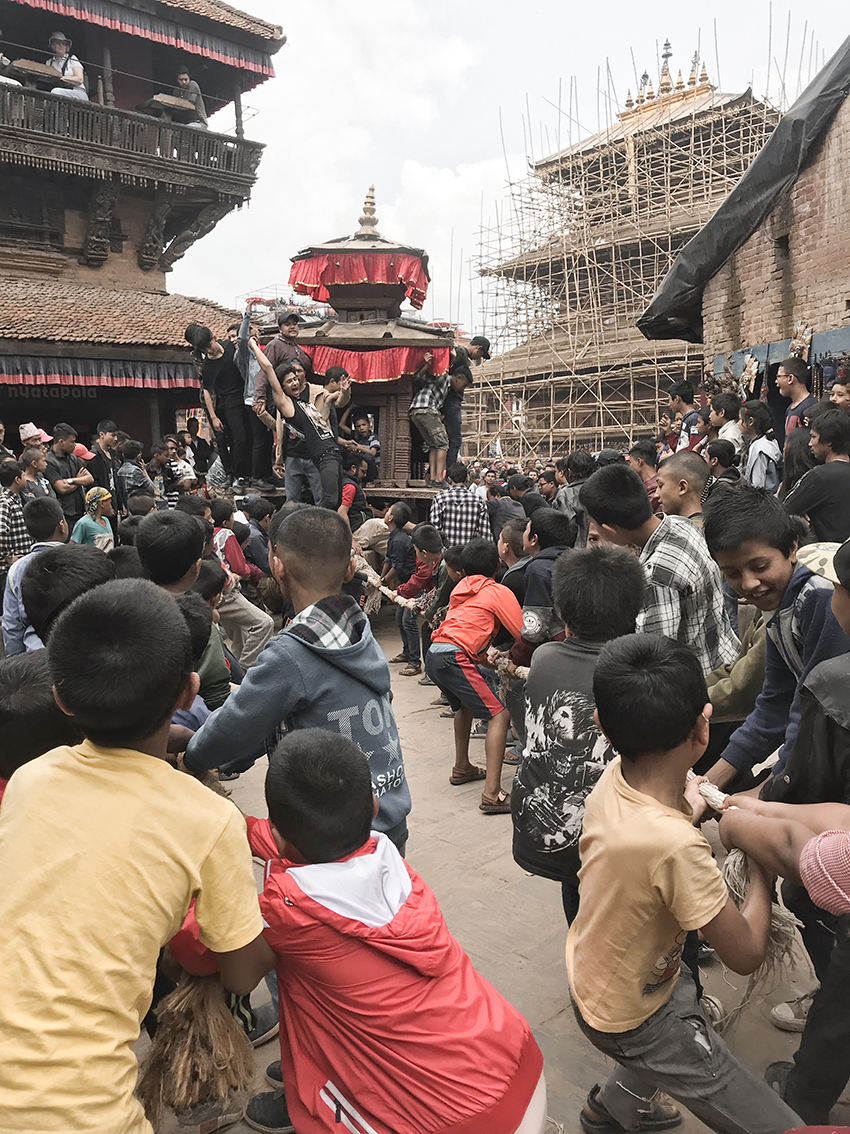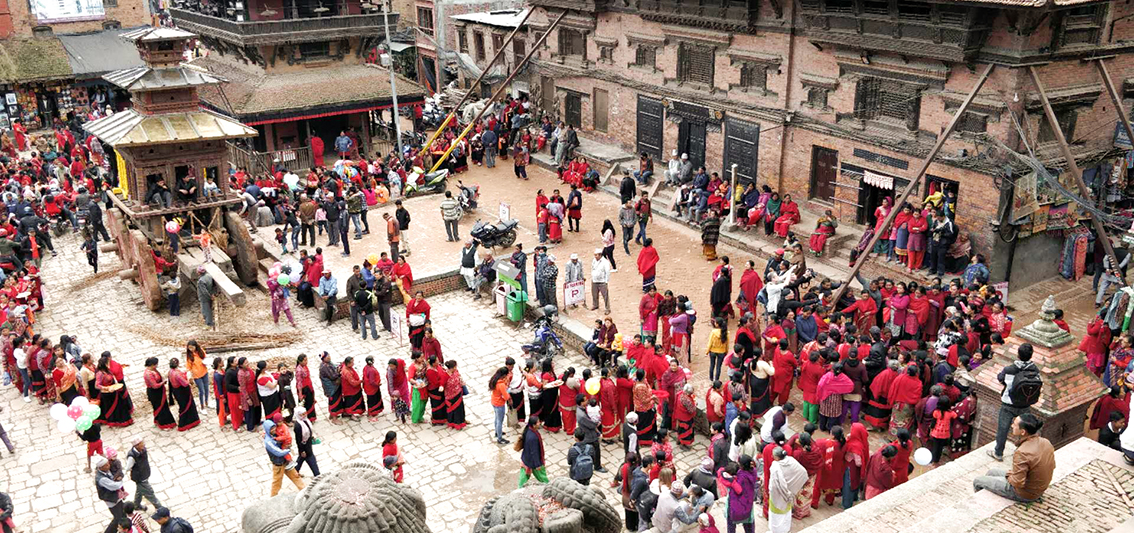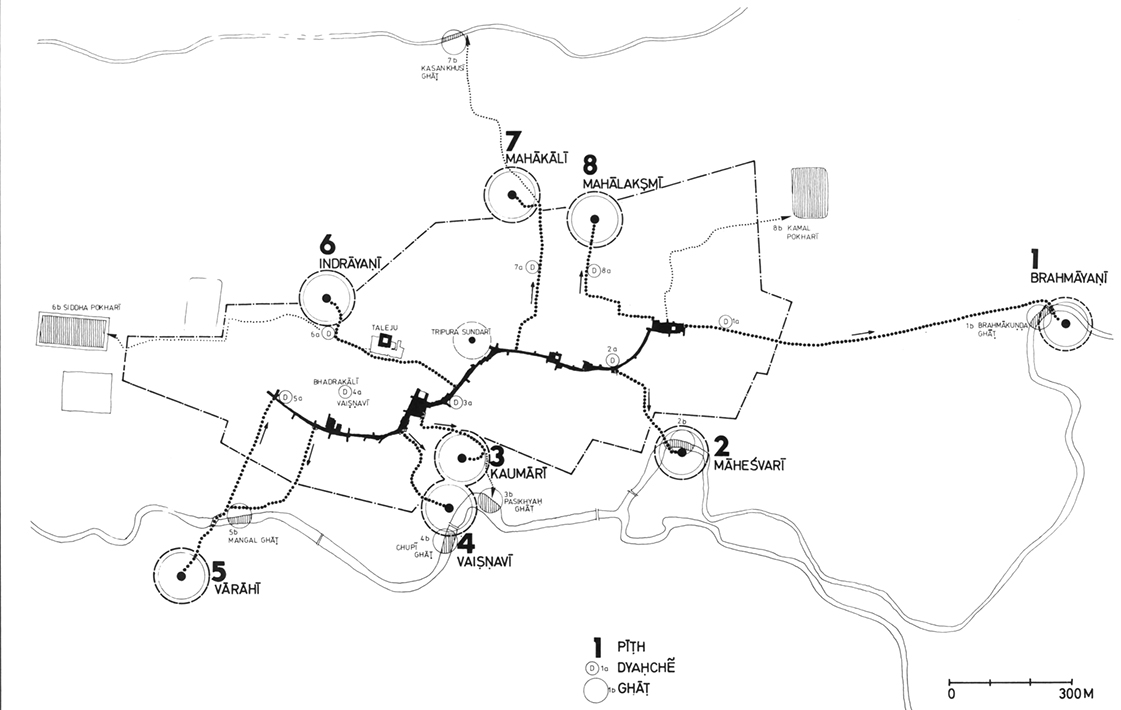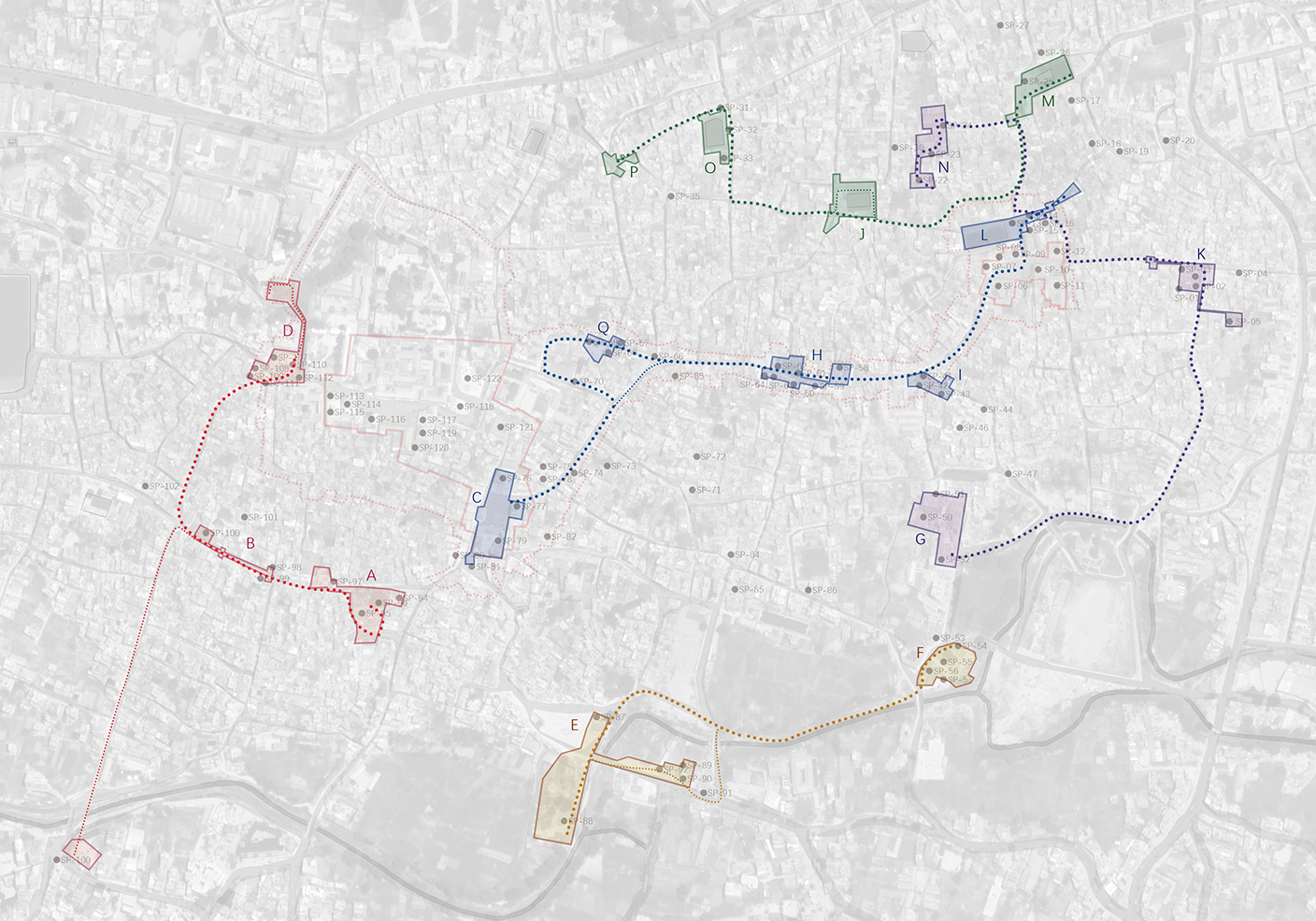Heritage Assessment
Heritage Assessment: Urban Analysis and Cultural Ecosystem Services in Heritage City Bhaktapur
Tutor: Mingze Chen, Submission to CELA, 2024
This study integrates the examination of spiritual places with the assessment of Cultural Ecosystem Services (CES) in Bhaktapur, a UNESCO World Heritage Site renowned for its intricate blend of tangible and intangible heritage. By merging field surveys, machine learning analysis of User Generated Content (UGC), and heritage walks, the research highlights how CES enhances human well-being through cultural recognition, travel enjoyment, and aesthetic experiences within the urban fabric of Bhaktapur.

Introduction:
Heritage cities like Bhaktapur are living archives where architectural grandeur and spiritual practices coalesce, shaping the daily lives of residents and the experiences of visitors. This study explores the interplay between these elements through the lens of “spirituality,” focusing on the design of heritage walks that integrate both tangible structures and intangible practices. Additionally, it examines the broader implications of CES in articulating the Outstanding Universal Value (OUV) of such heritage cities, employing a novel approach that combines traditional field surveys with advanced machine learning techniques to analyze UGC.
Urban and Cultural Analysis:
Bhaktapur’s urban landscape is a testament to its historical and cultural depth, where the spiritual and the secular merge seamlessly in the public square. This paper investigates how heritage walks can enhance the understanding of sacred spaces while respecting the daily rhythms of city life. The study employs UGC to capture public perceptions of CES, revealing how these perceptions vary significantly based on sociocultural factors such as local climate and historical context. By defining six CES categories—outstanding, universal, authenticity, integrity, recreational, and biological values—this research aligns community and visitor insights with conservation priorities.

Methodology:
Data was collected through a combination of digital platforms like Google Reviews and TripAdvisor, alongside on-site questionnaires, focusing on 17 heritage sites within Bhaktapur. Machine learning techniques were used to analyze the textual data, identifying key phrases that correspond to the defined CES categories, thus providing a multidimensional perspective on the cultural services provided by the heritage city.

Findings and Discussion:
The analysis revealed a dual appreciation of Bhaktapur’s CES. Tourists were drawn to the “spectacular beauty” of quieter areas, aligning with recreational values, while locals emphasized the authenticity embedded in daily religious practices. This dichotomy highlights the need for nuanced heritage management strategies that balance visitor expectations with community values and the intrinsic spiritual significance of the city.

Implications for Heritage Preservation:
Understanding the CES in Bhaktapur aids in prioritizing essential traits for conservation plans and can guide tourism development to support sustainable cultural heritage. By harnessing the insights from CES analysis, decision-makers can enhance public support for ongoing conservation efforts, ensuring that the city’s unique OUV is preserved for future generations.
This integrated study of spiritual places and CES in Bhaktapur provides a comprehensive framework for assessing and enhancing the interplay between urban dynamics and heritage conservation. Future research should delve deeper into how environmental and sociocultural contexts influence CES perceptions, aiming to refine heritage management practices and promote a balanced approach to urban development and cultural preservation.
